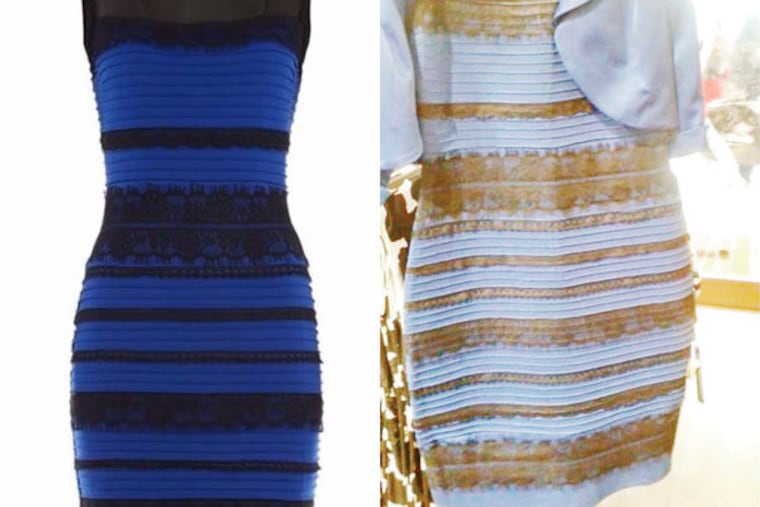Why the dress is blue (but white to you)
"It's mental," said one of the bridesmaids in the wedding where The Dress was worn. Lindsay Maden, of Blackpool, England, was referring to the sheer nuttiness of the worldwide debate over the color of a piece of fabric.
